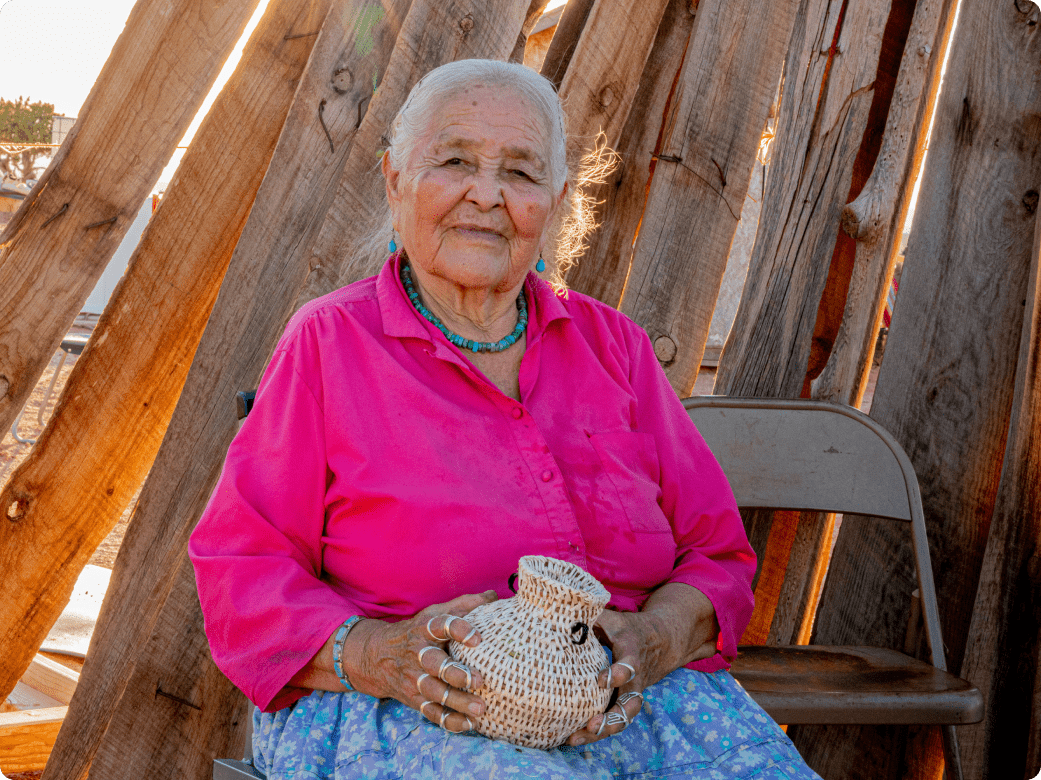Real-World Task Guidelines:
EAL Literacy
CLB 3L
Indigenization

Possible Topics
This theme may include these topic areas:
And so on
Planning Context
Learners may require the following:
- Slow to normal rates of speech
- Face-to-face or digital interactions (that are usually one-on-one or in small groups)
- Topics related to personal relevance
- Non-demanding contexts
- Relatively short texts
- Vocabulary limited to common, factual and concrete terms
Instructors may need to:
- Create simplified versions of texts and audio clips/ recordings
- Adapt resources to simplify social interactions
- Modify instructions to limit to 2 to 4 steps
- Speak clearly at a slow to normal rate
- Provide texts which are clearly organized and easy to read with simple layout, with plenty of white space and a larger- than-average font size
- Provide scaffolding and support
Comprehending Information
Understand short descriptive narrative communication on topics of personal relevance.
- Gets the gist.
- Identifies factual details, key words and expressions as required.
Comprehending Instructions
Understand instructions and directions related to familiar, everyday situations of immediate personal relevance. Instructions are about 2 to 4 steps.
- Identifies words and phrases that indicate movement, location, measurement, weight, amount and size.
- Identifies basic connectors related to time (now, then, before, after) and place (this, that, here, there).
Sharing Information
Give simple descriptions of concrete objects, people or experiences in a few short sentences.
- Sustains about 4 or 5 sentences, which may not be adequately connected as discourse.
Getting Things Done
Make and respond to an expanding range of simple requests related to everyday activities.
- Uses appropriate polite expressions.
- Uses simple sentences and question formations.
Interacting with Others
Understand short, personal social messages within predictable contexts of daily experience.
- Gets the gist.
- Identifies some specific details and information (such as sender, date and response required).
Getting Things Done
Get information from simple, formatted texts.
- Identifies layout and specific information.
- Scans formatted text to find specific information.
Reproducing Information
Copy or record a range of information from short texts or personal use. Texts to copy are up to about 1 paragraph and have a clear layout.
- Follows standard Canadian conventions for capitalization, punctuation and other requirements of the genre.
- Copies text legibly, causing only slight uncertainty in decoding for the reader.
Interacting with Others
Convey short, personal, informal social messages on topics related to familiar everyday situations. Messages are a few short sentences addressed to a familiar person and related to personally relevant situations.
- Conveys the message; reader may have to guess or make inferences to follow completely.
- Describes some feelings appropriate to the occasion.
Literacy Learner Considerations
Listening and Speaking
3L learners are meeting the requirements of CLB 3 in listening and speaking. It is important for 3L learners to develop all new language orally first so that it is familiar to them when they encounter it in print. Listening and speaking should be taught and assessed orally and not through the skills of reading and writing. There is a focus on widening basic vocabulary and learning grammatical structures through rhythm and repeated patterns.
Reading
To be successful in 3L reading tasks, 3L learners can work towards the development of reading skills in the context of real-world tasks, such as:
- developing oral vocabulary related to the task
- categorizing familiar single-syllable words by rime (make, take, lake)
- recognizing diagraphs as a single sound while reading familiar words (fish, church, think)
- attending to initial, medial and final sounds when reading familiar words
- recognizing inflectional endings (-ing, -ed, -s)
Writing
To be successful in 3L writing tasks, 3L learners can work towards the development of writing skills in the context of real-world tasks, such as:
- developing oral vocabulary related to the task
- forming letters and numbers in consistent, adult-like size
- writing with consistent spacing
- developing a larger rote spelling repertoire including multisyllabic words
- using long vowel conventions in spelling
Additional Sample Real-World Tasks and Competency Areas
Listen to an Indigenous person introduce themselves, including where they are from and which Indigenous group they belong to. (Interacting with Others)
Invite a friend to an Indigenous cultural event. (Getting Things Done)
Read a short story about a local Indigenous community leader and the work they do. (Comprehending Information)
Copy up to a paragraph about a local Indigenous nation including when they settled on the land. (Reproducing Information)
Digital Literacy Strategies
Successful completion of some tasks may require some baseline digital knowledge and skills.
Learners may need to:
- Look at a website.
- Read information from a screen.
Instructors can:
- Introduce websites that are relevant to the task(s).
- Show learners how to send and receive text messages.
- Show learners how to find a website.


Equity, Diversity and Inclusion Strategies
Instructors Can:
- Use diverse representations of people in all learning resources and images, including people who are 2SLGBTQIA+, Indigenous, Francophone and of other cultures, and people who have disabilities or who are neurodivergent.
- Teach that race, national or ethnic origin, colour, religion, age, sex, sexual orientation, gender identity or expression, marital status, family status, genetic characteristics and disability are all protected grounds under the Canadian Human Rights Act.
Trauma-Informed Strategies
Triggers:
- Discussions of experiences of Indigenous people such as residential schools may be triggering for learners who have experienced trauma.
- Many literacy learners may find that they have had similar experiences to Indigenous Peoples and have similar aspects to their cultures. They may find descriptions of racism triggering.
- Give learners advance warning of this topic and be aware that there may be learners who require support.
Strategies:
- Learners who have experienced trauma often benefit from having routine.
- Learners who have experienced trauma benefit from having choices.

Sample Real World Tasks
This information is aligned with the Canadian Language Benchmarks (CLB) and is designed to help guide you in the planning process. You can use these sample real-world tasks to guide and inform your selection or creation of skill-building activities, skill-using tasks and assessment tasks.
These sample real-world tasks include the following: skill, real-world task, competency area, one competency statement and two sample indicators of ability. This is not an exhaustive list: there are more indicators of ability and information about this CLB level in Canadian Language Benchmarks English as a Second Language for Adults. Consult this resource for more information and to select your own competencies or indicators of ability. Remember, you can use more learner-friendly language in your materials and assessments.
This is NOT a lesson plan, module plan or curriculum.

